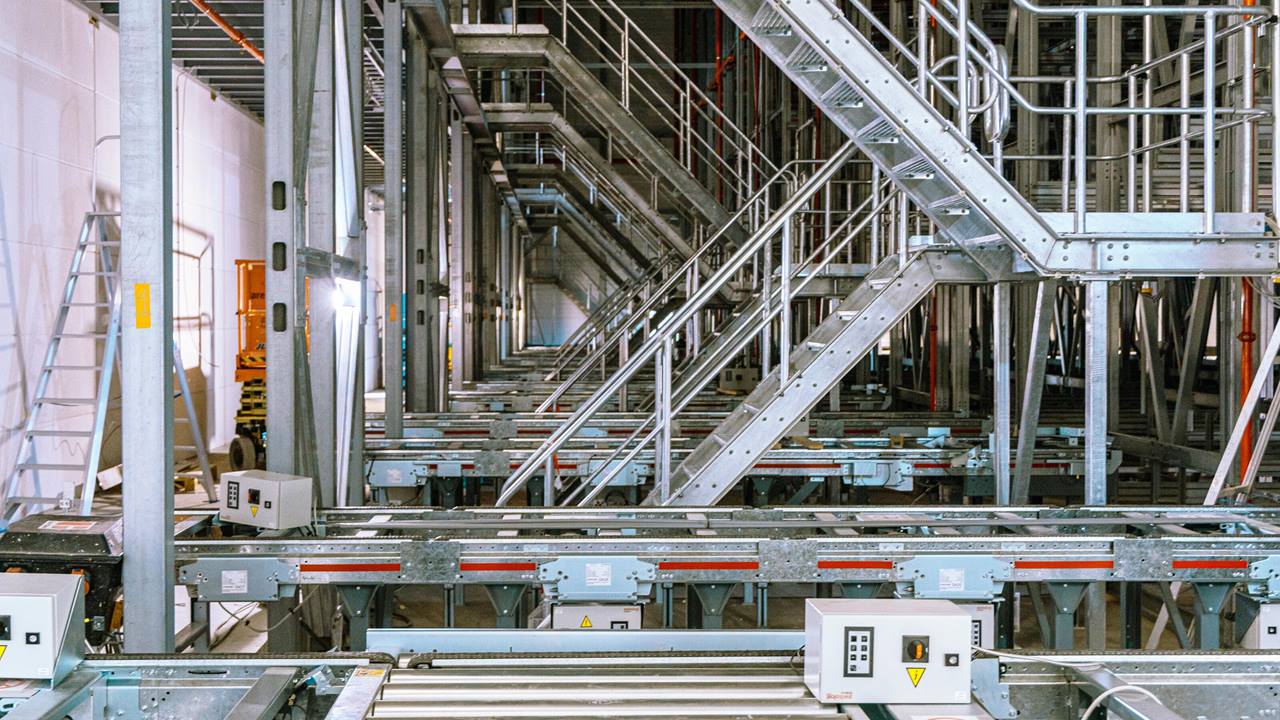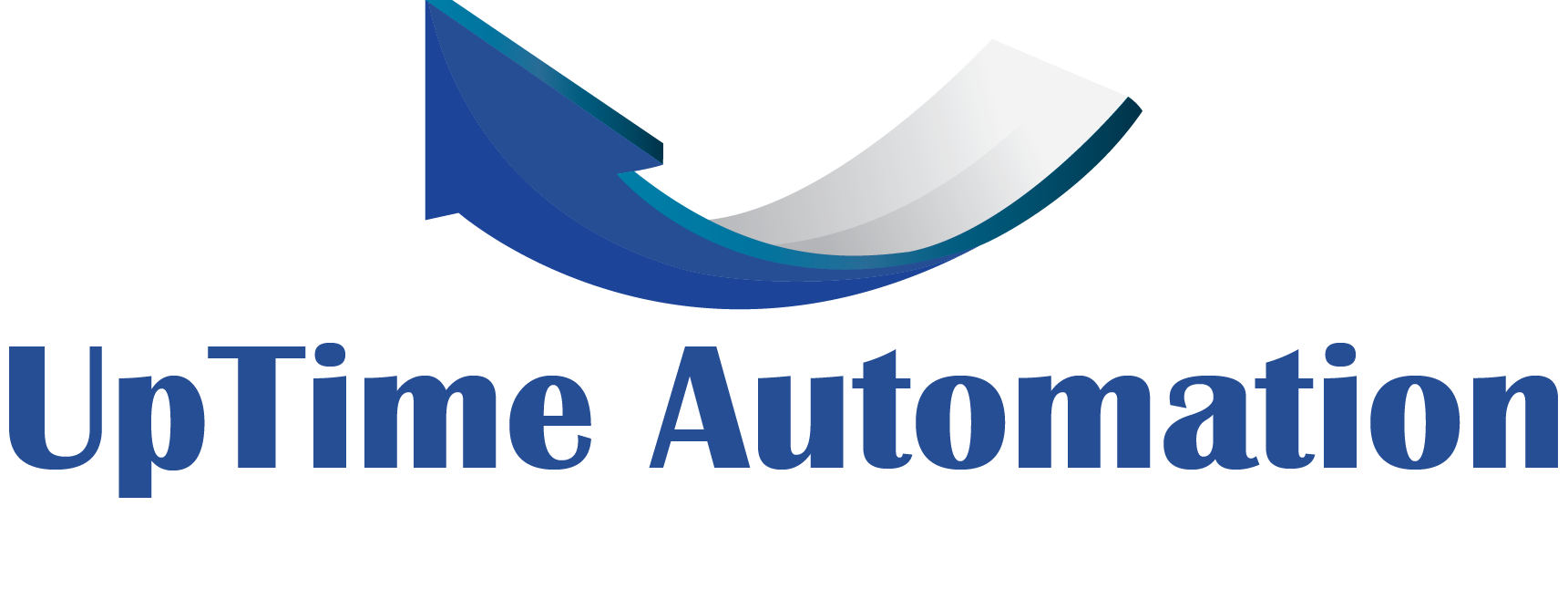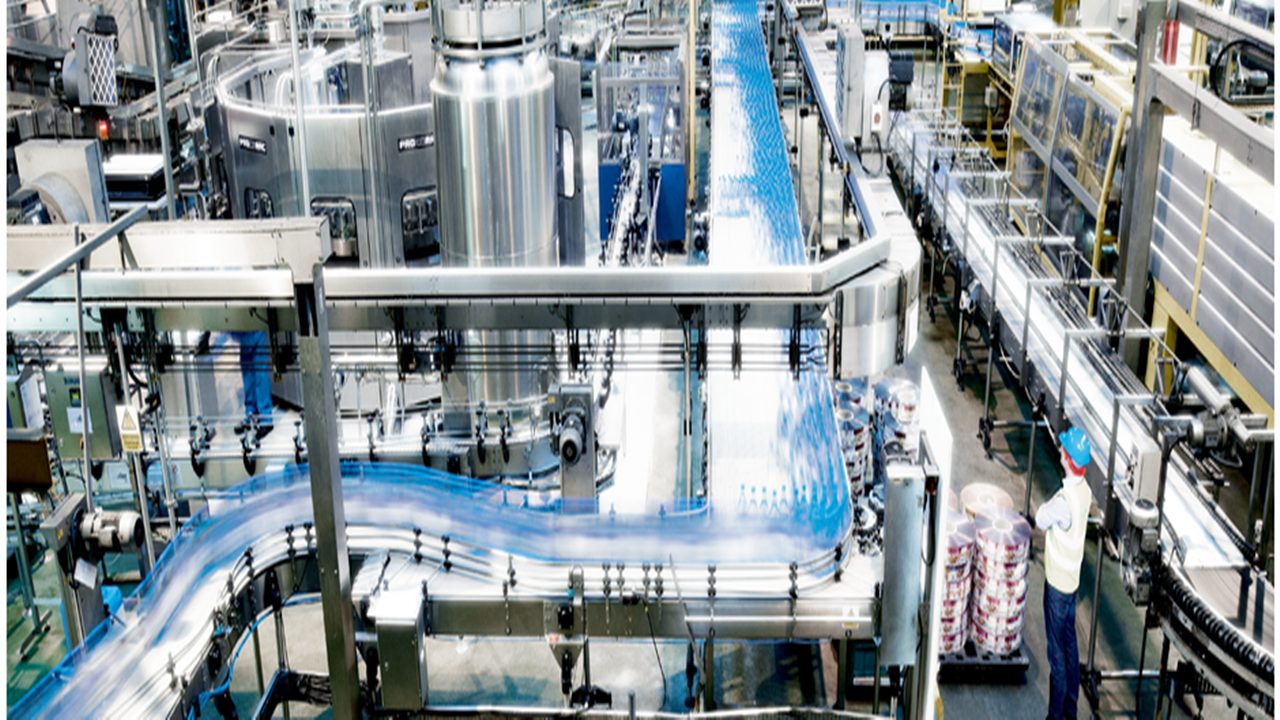
Food and Beverage Industry Challenges and Opportunities in Automation
The food and beverage industries face several challenges and opportunities in automation. From sourcing issues to pandemic-induced regulations, these industries have to keep up with the latest technology to stay ahead of the competition. They must also adhere to government regulations and increase transparency. This requires extensive capital expenditure in hygiene consultation and pest control. With the food production process involving many stages and multiple machines and equipment, maintaining cleanliness is a top priority. Inadequate cleanliness can result in expensive downtime and equipment malfunctions.
Until recently, automation was only available to large manufacturers in the food and beverage industry. This was due to high initial costs and limited flexibility. While these costs have come down in recent years, the overall cost of labor has increased. As a result, owners must now look for longer ROI. However, these solutions can help with these challenges. Automation has the potential to improve many aspects of the food and beverage industry, including efficiency and production.
Uptime is a key factor in the success of any food and beverage company. Downtime is expensive, wastes resources, and delays the delivery of highly demanded food items. Using predictive maintenance technology can help reduce unscheduled downtime and increase profitability. By combining predictive maintenance with IIoT solutions, companies can reduce unscheduled downtime and improve profitability. By using automation in the right way, organizations can focus on their core competencies, which is to produce quality products.
The Importance of Cost Control in Food and Beverage Through Automation.
In the past, the adoption of automation was limited to larger manufacturers in the food and beverage industry. The initial costs and flexibility of the technology were prohibitive to many businesses. However, these costs have reduced, while labor costs have continued to rise, forcing owners to consider longer ROI. The advantages of automation are numerous, and they extend well beyond reducing labor costs. Automation can help businesses increase production efficiency and improve safety, while freeing up workers to do business-critical tasks.
Many restaurants are finding that their labor costs have gone up as a result of seasonal peaks. For this reason, seasonal labor and mobile equipment costs increase, driving up the cost of food. With the evolution of technology and the automation sector, these methods no longer work for larger teams. These changes have impacted the cost of food and beverage operations significantly. Automation is the key to cost control in food and beverage production.
Automated systems can help food manufacturers maximize the return on their investments by implementing smart equipment, predictive robotics, and integrated systems. In addition, automation does not require an end-to-end transformation. In fact, incremental investments can make significant impacts. The most important factor is ensuring that the automation technology is used throughout the entire manufacturing lifecycle. By implementing the right technologies, manufacturers can drastically reduce their costs and improve quality.
Contact Us Now to Know more on automation in Food and Beverage Industry.


